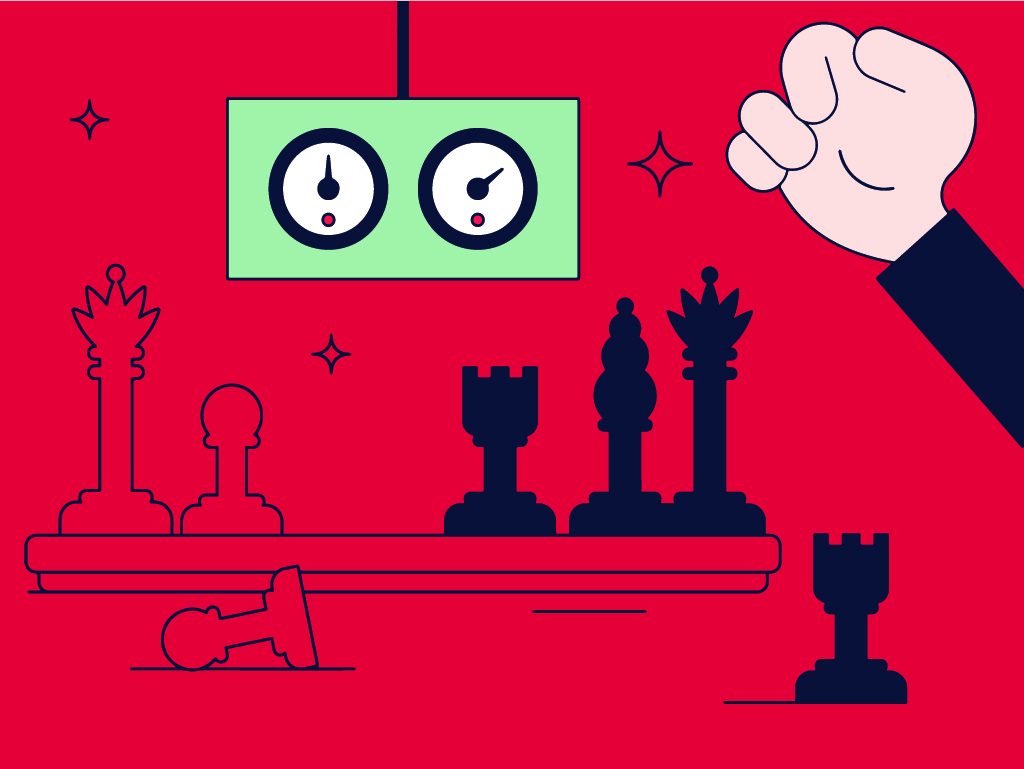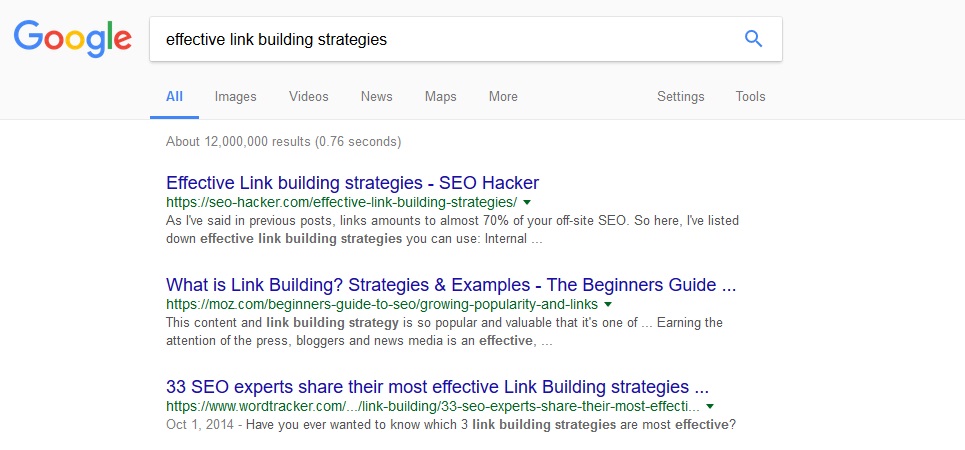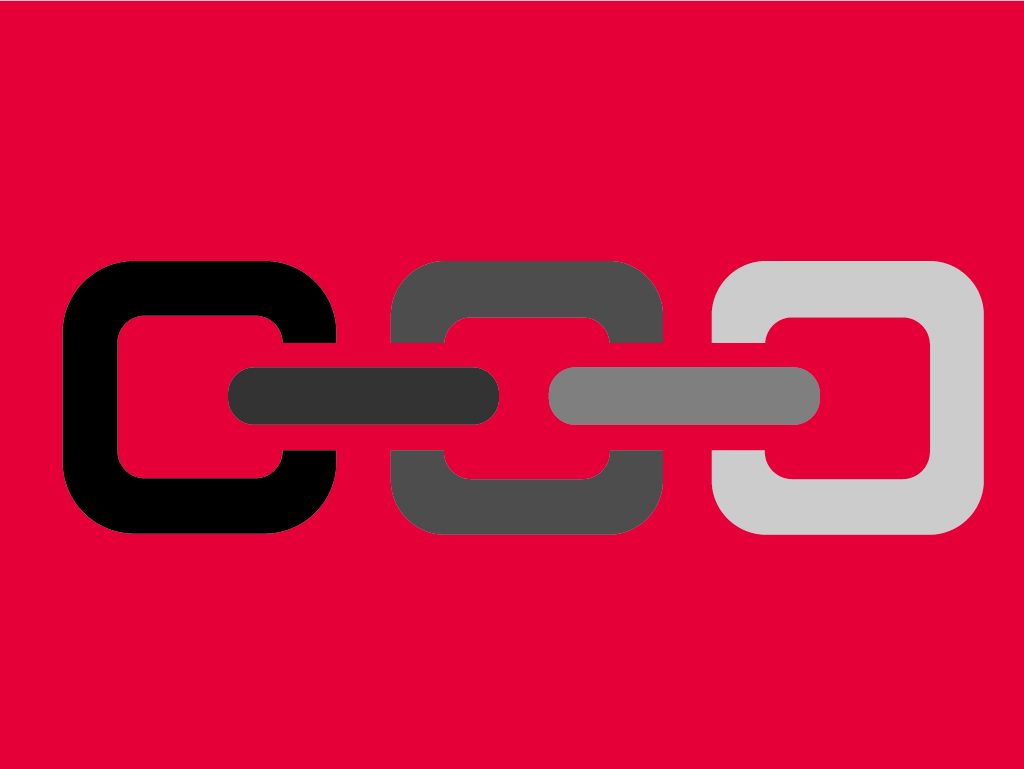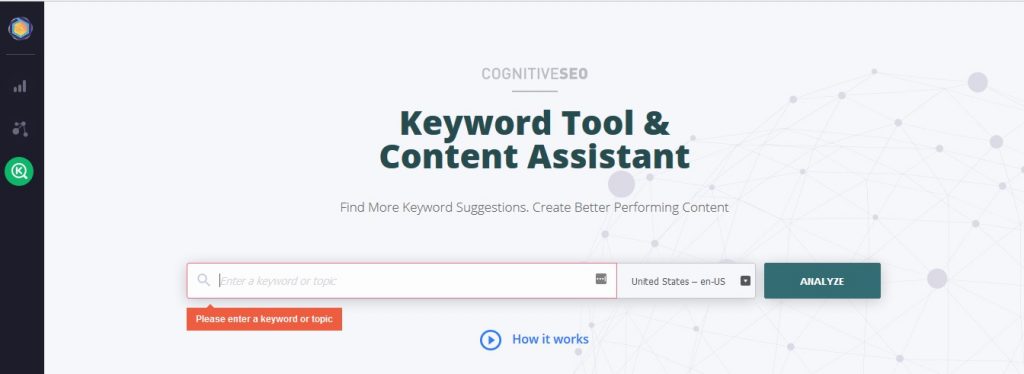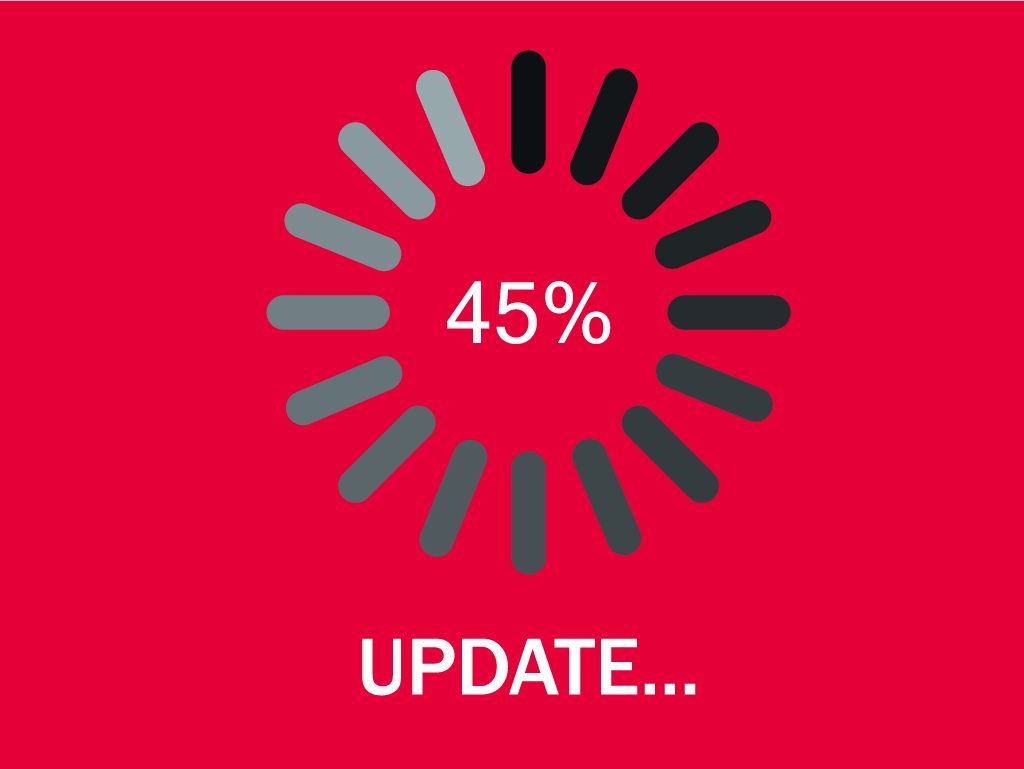SEO Hacker’s Content Strategy for SEO
In today’s online landscape, an effective SEO content strategy is what most SEO professionals yearn for. But where do we find it? Is there a blueprint for an effective SEO content strategy that would improve your SEO indefinitely? Yes, there is.
Here are the main factors we monitor for our SEO content strategy :
- Easier Topics
- Content Layering and Internal Links
- Linkability
- Content Updates
Having an effective SEO content strategy can help you improve your site’s overall ranking. Let’s get started.
 Easier Topics
Easier Topics
The first step in any SEO content strategy is topic ideation. The process begins with keyword research – analyze and inspect keywords or topics that are relevant to your brand. You can use any keyword research tool that you’re comfortable with, however, there are three factors you must take note of. They are:
- Search Volume
- Traffic Value
- Keyword Difficulty
The best thing that could happen is that all your desired keywords have high search volume with a low difficulty. Those keywords, however, are far and few in between. Often times, keywords that have low difficulty would be the better choice to target.
There are numerous tools you can use such as SEMrush or CognitiveSEO’s Keyword Tool. Here in SEO Hacker we use CognitiveSEO’s Keyword Explore. It’s simple and you just need to put in your desired keyword, then it automatically shows you the data. It measures your keyword’s difficulty from zero (0) being the easiest and a hundred (100) being the most difficult.
I would also highly advise you to do your homework and check keyword difficulty manually. How do we do it?
Simply put in your desired keyword into the search bar, and analyze the results. If the first page results contain popular business names or highly-authoritative websites, it usually means it’s more difficult. Conversely, if you see low-authority websites, it usually means lower difficulty and much better chances to create outstanding content.
Take note that if you’re a new business, and one with not yet much authority to work with, it may be better to go for niche keywords. Being able to stand out in a less competitive environment will give you more opportunities to rank higher and gain more links.
 Content Layering and Internal Links
Content Layering and Internal Links
Content layering basically means that you layer your content in regards to their topics. You “layer” your middle-of-the-funnel content (content that gives specific solutions to a particular query) above your bottom-of-the-funnel content (your converting/landing pages) through internal linking. We do this because it is extremely beneficial to our website.
Some benefits include:
- Authority Sharing: Having the opportunity to receive inbound links for your middle-funnel content because it has more linkable assets than the bottom-funnel. Eventually, this will pass down valuable link equity to your bottom-funnel content. This is beneficial for you because no one will usually link to your bottom-funnel content due to it being promotional in nature.
- Site Authority and Popularity: If your middle-funnel content is ranking highly in the search results, you’ll notice that your site’s authority and popularity are steadily improving. Then, your bottom-funnel content will also improve through increased conversions and more sales.
- Link Procurement for Bottom-Funnel Content: Promoting your middle-funnel content can help you procure links for your bottom-funnel content through the strategic placement of its links inside the promoted content.
Lastly, content layering and an organized link structure will help the users and search engines navigate through your site easier.
 Linkability
Linkability
“Linkability” is your content’s potential to earn links. And we all know that links still remain as one of the most important ranking factors. So, you should create content with “linkability” in mind.
Remember that people usually link to websites due to the relevance of the content. You should have an idea of the people or webmasters you want to reach out to, and build your content in such a way that your potential of getting an inbound link from them increases.
Some factors that we consider for our outreach targets are:
- Keyword Search Volume: If the search volume for your keyword is relatively high, then it’s highly likely that more people will link to your content.
- We normally use CognitiveSEO’s keyword tool to find out our target keyword’s monthly volume results. We just put in our target keyword in the tool’s search bar, and wait for the tool to load the data for our keyword.

- Afterward, we’ll be taken to the results page , and the keyword difficulty, average content performance, and monthly volume will be shown on the top of the page.
- Bonus: Here’s a more in-depth discussion of CognitiveSEO’s keyword tool.
- We normally use CognitiveSEO’s keyword tool to find out our target keyword’s monthly volume results. We just put in our target keyword in the tool’s search bar, and wait for the tool to load the data for our keyword.
- Unique Domain Links to the Top Results: If the top results for our target keyword has numerous unique domains linking to them, our chances of strategically acquiring links from these domains increases due to our content’s relevance. We usually use Ahrefs or Buzzsumo for checking the backlinks of the top results.
Aside from studying the prospective outreachtargets, we will have to examine our link opportunities. A simple approach would be to create something better than what is currently ranking or more commonly know as the skyscraper technique. We create better content than what’s ranking, then reach out to the people that linked to the original content.
Creating better content does not necessarily entail spending numerous hours trying to come up with the best version, sometimes, you only need to change some aspects in order to produce a much better version.
Some changes we make are:
- More searchable title
- Refine and organize readability and structure
- Improve page speed
- Incorporating trusted sources and data
- Explaining the topic in more depth
- Including recent or original data/research
- Presenting it in a different format (e.g. video, infographs, etc.)
 Updating Content
Updating Content
Aside from creating new content, our comprehensive SEO content strategy also includes updating existing content or pages – which is easier than starting over to create something new.
For example, you can add a video to long-form guides which can add value and linkability to the page.
Another thing we do is to repurpose our underperforming pages. We inspect the search results for our targeted keyword, check if there is a prevalent format among the top results, then apply that format to our underperforming pages.
It’s important for SEO specialists to invest time, money, and energy into creating new, engaging content, but it’s important to improve and update existing pages as well.
Key Takeaway
Just to help you remember the SEO content strategy above, here’s a short recap:
- Easier Topics:
- Judge topics by their search volume, traffic value, and keyword difficulty.
- Another option is to manually find easier topics through search results that show low authority sites.
- Content Layering and Internal Links:
- Through proper content layering and organized link structures, your bottom-funnel content can benefit from shared link equity, improved domain and site authority, and more link acquisitions.
- Linkability:
- Determine potential outreach prospects through keyword search volume, unique domains that link to top results, and the types of pages.
- Use the skyscraper technique to have more link opportunities.
- Updating Content:
- Upgrade your existing content
- Repurpose existing pages into something more “link worthy”.
Effective SEO content strategies are important for your SEO goals. So, read, learn, and apply the practices explained above to help your content creation and your SEO campaign.
